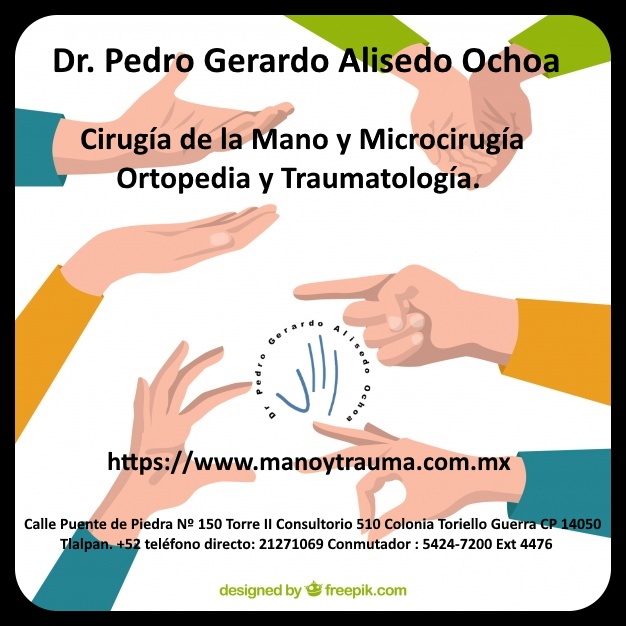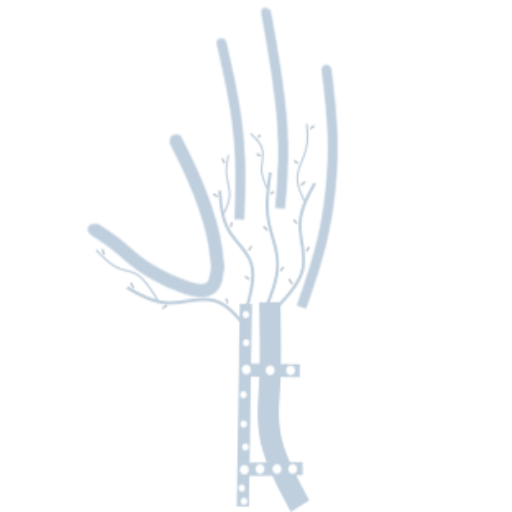Ambos implantes proporcionaron una función similar y se mantuvieron estables en el seguimiento a corto plazo, pero con una alta tasa de complicaciones, por lo que este procedimiento debe restringirse a centros especializados hasta que se aclare su función.
A randomized controlled trial comparing two modern total wrist arthroplasties | The Bone & Joint Journal (boneandjoint.org.uk)
Both implants provided matched function and were stable at short-term follow-up but with a high complication rate, so this procedure should be restricted to specialist centres until its role is clarified.#Arthroplasty #Arthritis #BJJhttps://t.co/jkRWFixcav pic.twitter.com/zA8XRIuSqP
— The Bone & Joint Journal (@BoneJointJ) October 13, 2022
- Analizar el resultado a corto plazo de dos tipos de artroplastia total de muñeca (TWA) en términos de función de muñeca, migración y comportamiento óseo periprotésico.
- Ambos implantes proporcionaron una función similar y se mantuvieron estables en el seguimiento a corto plazo, pero con una alta tasa de complicaciones. Este procedimiento debe restringirse a los centros especializados que realizan análisis prospectivos hasta que se aclare su función.
https://pubmed.ncbi.nlm.nih.gov/36177637/
https://online.boneandjoint.org.uk/doi/abs/10.1302/0301-620X.104B10.BJJ-2022-0201.R2
Holm-Glad T, Røkkum M, Röhrl SM, Roness S, Godang K, Reigstad O. A randomized controlled trial comparing two modern total wrist arthroplasties : improved function with stable implants, but high complication rates in non-rheumatoid wrists at two years. Bone Joint J. 2022 Oct;104-B(10):1132-1141. doi: 10.1302/0301-620X.104B10.BJJ-2022-0201.R2. PMID: 36177637.
© 2022 The British Editorial Society of Bone & Joint Surgery
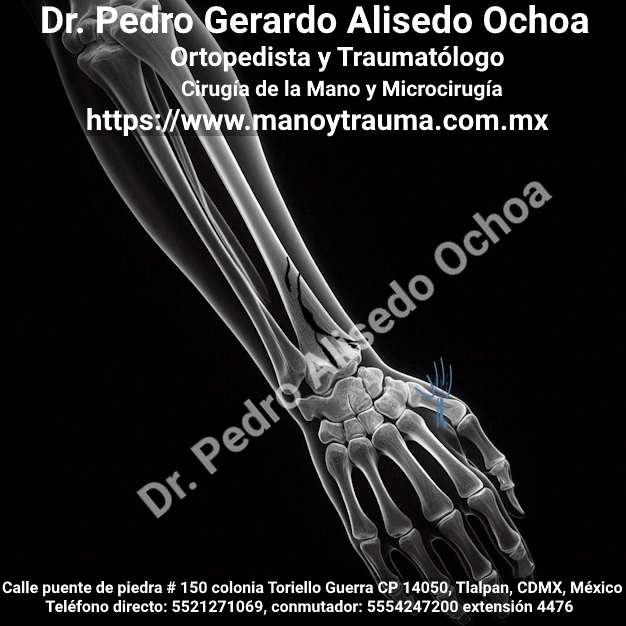
Reducción abierta y fijación interna de fracturas del radio distal con afectación intraarticular completa y extensión diafisaria
AntecedentesLas fracturas del radio distal con afectación intraarticular completa y extensión diafisaria plantean desafíos significativos para la fijación estable. Las opciones de tratamiento varían y ningún método demuestra superioridad. Este estudio analizó los resultados de la fijación de este tipo de fracturas con placas volares bloqueadas, que se utilizan ampliamente en todo el mundo, y … Leer más
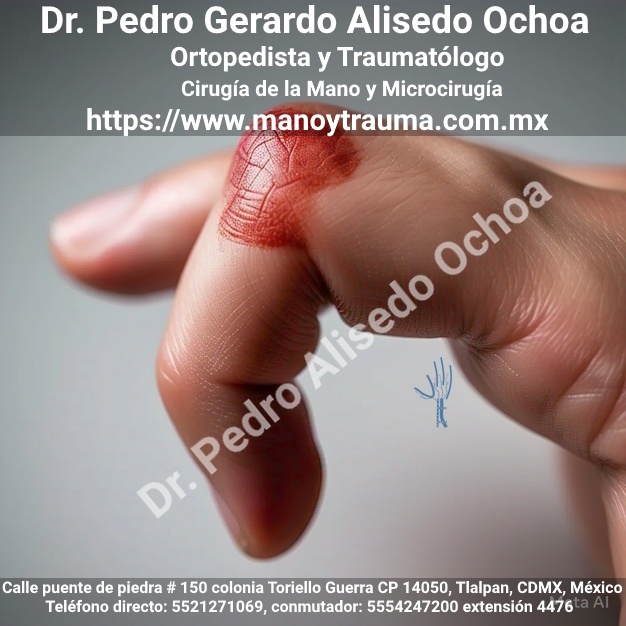
Impacto de la tenólisis por tracción del tendón flexor en los resultados clínicos en la liberación abierta de la polea A1 para el dedo en gatillo
ObjetivoEste estudio tiene como objetivo comparar los resultados clínicos posoperatorios de la liberación abierta de la polea A1 con y sin tenólisis por tracción del tendón flexor. Los resultados evaluados incluyen el rango de movimiento de los dedos, la función de la mano (puntuación de Discapacidades del brazo, hombro y mano [QuickDASH]), las complicaciones (p. … Leer más
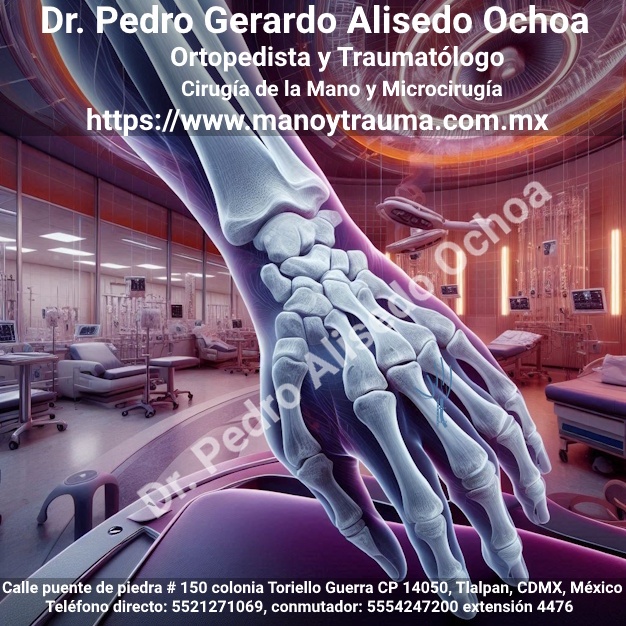
Asociación entre la mala unión de la fractura del radio distal y la discapacidad informada por el paciente: una revisión sistemática y un metanálisis
ObjetivoEvaluar si la mala unión de la fractura del radio distal (DRF) se asocia con una mayor discapacidad informada por el paciente.ObjetivoEvaluar si la mala unión de la fractura del radio distal (DRF) se asocia con una mayor discapacidad informada por el paciente. EFORT@EFORTnetLa mala unión de la fractura del radio distal se asocia con … Leer más
